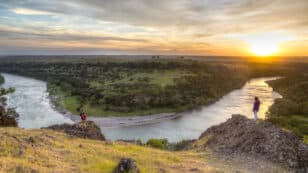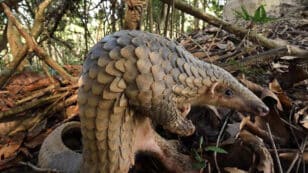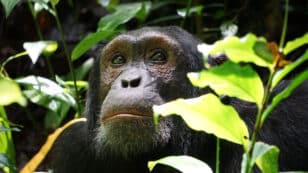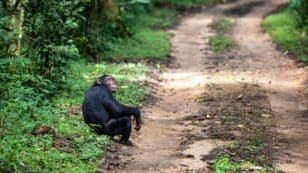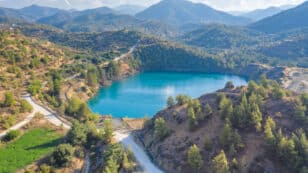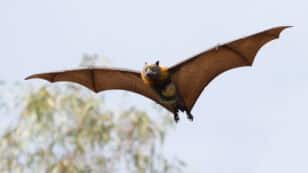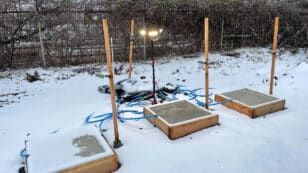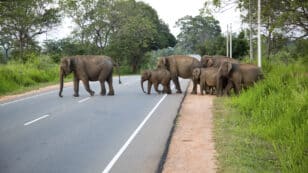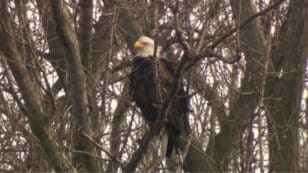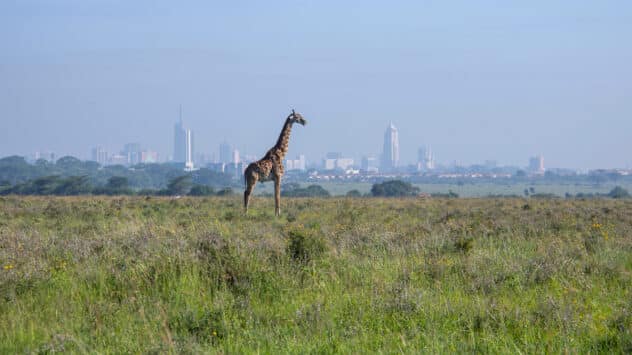
Grasslands 101: Everything You Need to Know
Quick Key Facts What Are ‘Grasslands’? Grasslands — also known as savannas, prairies, steppes and pampas — are ecosystems found in parts of the world that do not get sufficient consistent rainfall to support forest growth, but get enough to avoid the landscape turning into desert. Often, grasslands are a transition ecosystem between deserts and […]

 233k
233k  41k
41k  Subscribe
Subscribe 

